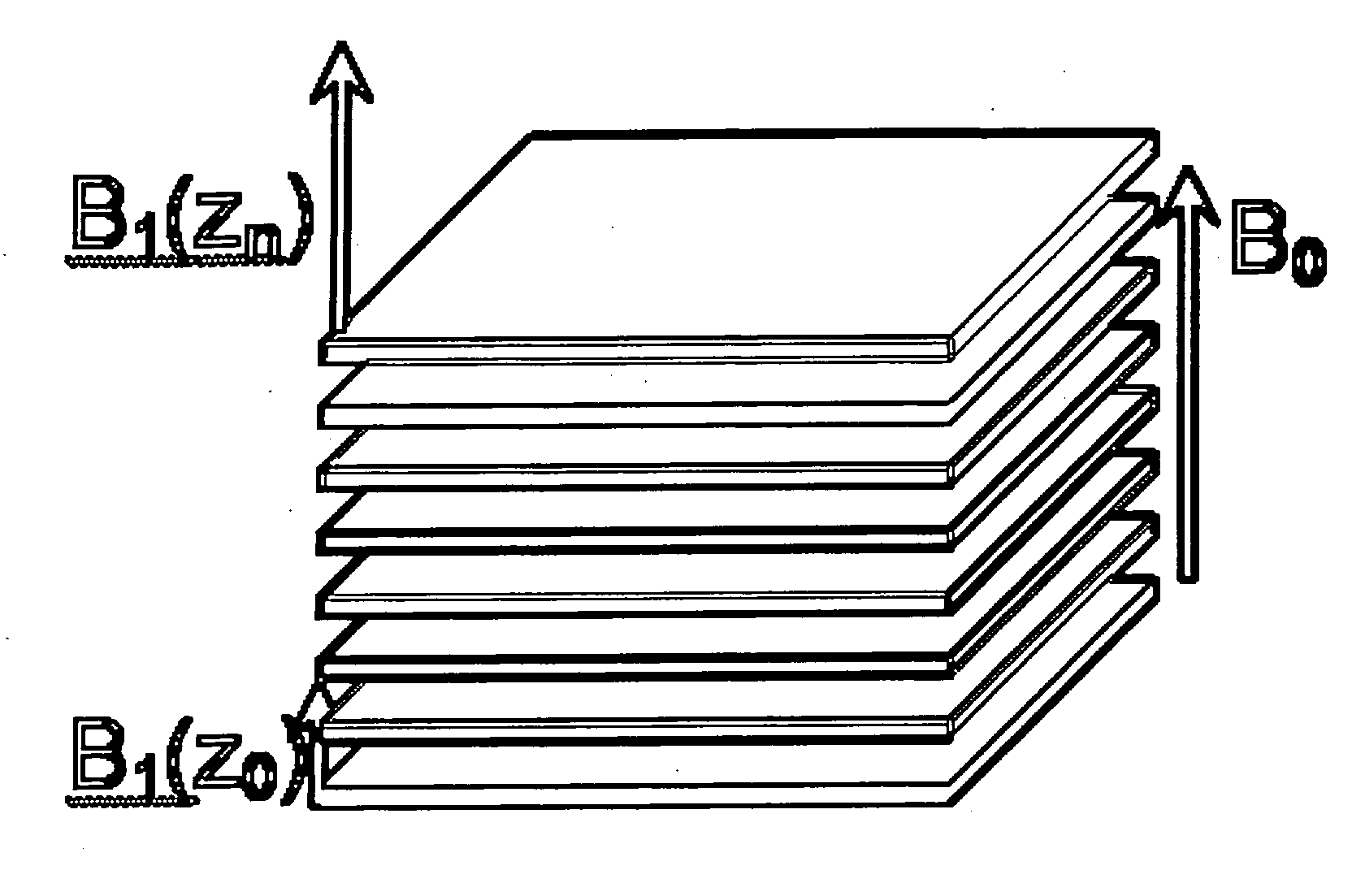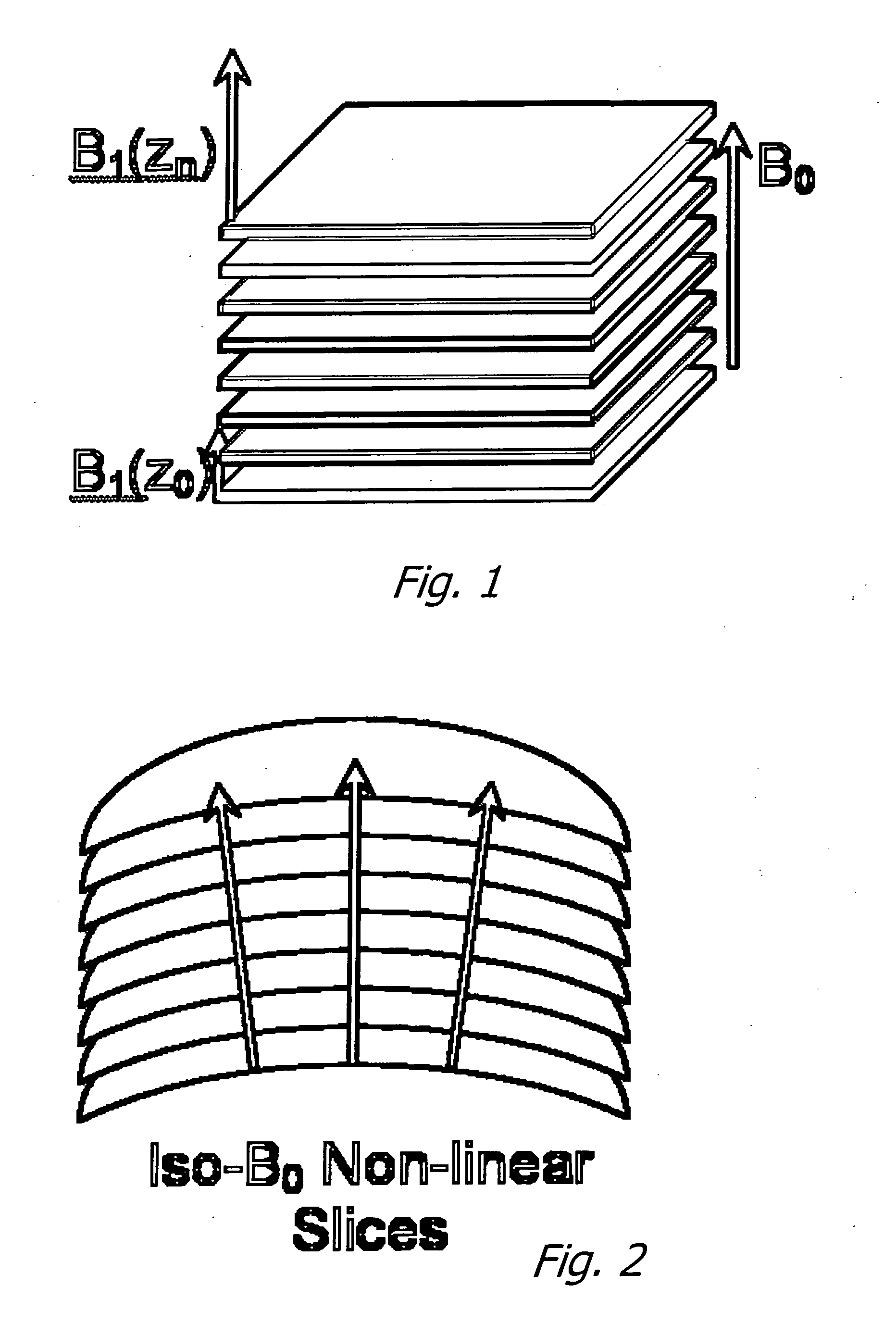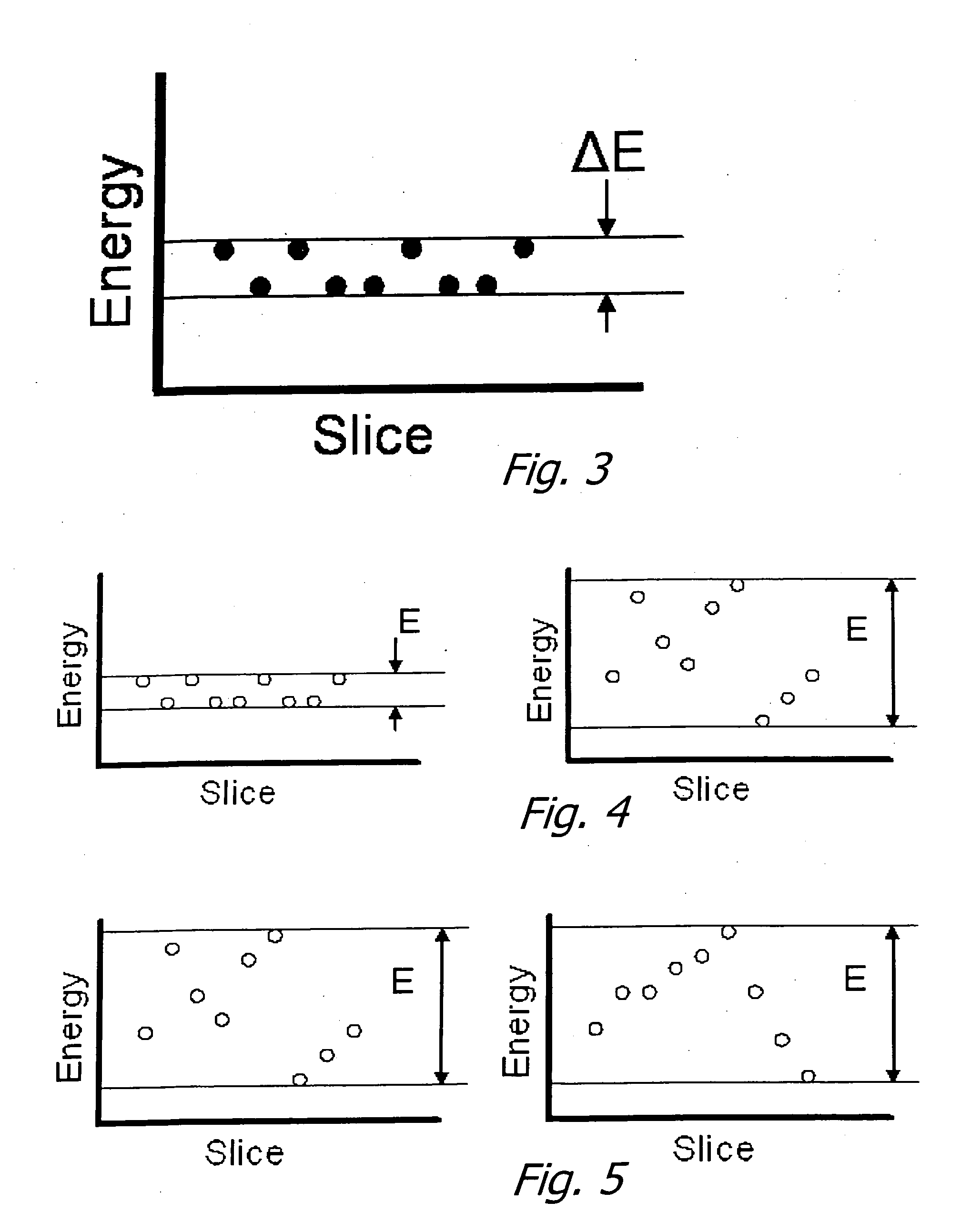Structure assessment using spatial-frequency analysis
a spatial frequency analysis and structure technology, applied in the direction of measurement using nmr, instruments, applications, etc., can solve the problems of increasing the risk of fracture in vulnerable regions, the threat to the health of the elderly, and the cost of productivity loss billions more, so as to reduce the risk of fractures in vulnerable regions, and the risk of fractures is increased
- Summary
- Abstract
- Description
- Claims
- Application Information
AI Technical Summary
Problems solved by technology
Method used
Image
Examples
Embodiment Construction
[0037] As noted above, this application claims priority on two provisional applications. The first provisional describes a technique and apparatus for characterizing the size distributions of a dispersed NMR signal producing phase intermingled with one or more additional phases with significantly different signal properties. Examples are marrow in cancellous bone and petroleum dispersed in strata.
[0038] The approach involves the following components: First, provide a magnetic field (B0) covering the region of interest (ROI) in a sample desired to be characterized. Second, provide a gradient in B0 over the ROI. Third, provide transmit (excitation) and receive antennas / systems that have a net high sensitivity to signals excited in and emanating from the ROI.
[0039] Using this apparatus, perform an NMR experiment by transmitting a defined bandwidth pulse to excite the NMR signal in the desired range of B0, followed by one or more refocusing transmit pulses and sampling of the received...
PUM
 Login to View More
Login to View More Abstract
Description
Claims
Application Information
 Login to View More
Login to View More - R&D
- Intellectual Property
- Life Sciences
- Materials
- Tech Scout
- Unparalleled Data Quality
- Higher Quality Content
- 60% Fewer Hallucinations
Browse by: Latest US Patents, China's latest patents, Technical Efficacy Thesaurus, Application Domain, Technology Topic, Popular Technical Reports.
© 2025 PatSnap. All rights reserved.Legal|Privacy policy|Modern Slavery Act Transparency Statement|Sitemap|About US| Contact US: help@patsnap.com



